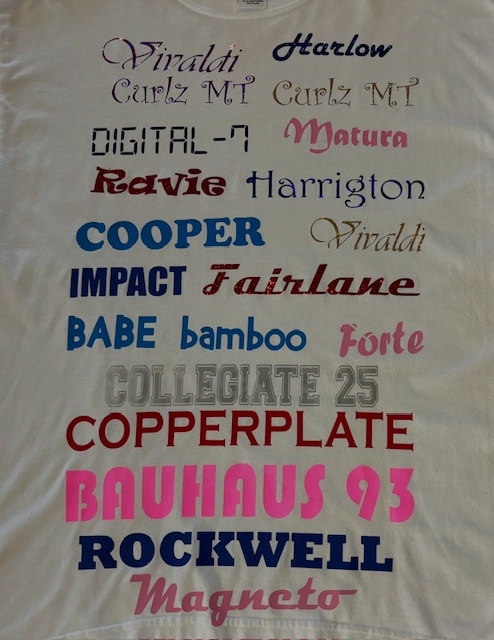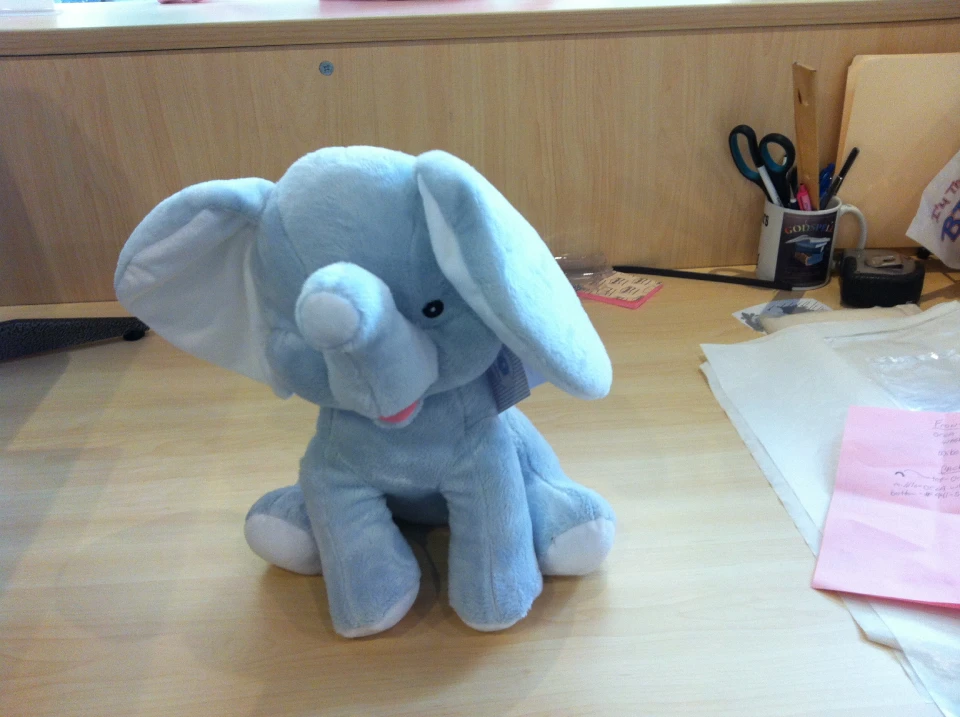Individualized Mugs with Custom-made Embroidery Styles for a Special Present
Individualized Mugs with Custom-made Embroidery Styles for a Special Present
Blog Article
The Art of Customized Embroidery: Unlocking the Tricks to Creating One-of-a-kind and Memorable Layouts
Embroidery, a craft soaked in practice and virtuosity, holds within its intricate stitches the power to transform textile right into a canvas of one-of-a-kind expression. The secrets to creating customized embroidery layouts that mesmerize the eye and leave an enduring impact hinge on a fragile equilibrium of technique, imagination, and interest to information. As we dive right into the globe of custom needlework, we reveal the nuanced interaction in between thread option, sew intricacy, and layout customization that raises a plain garment to a masterpiece. Join us on a trip via the art of personalized needlework as we decipher the mysteries behind crafting truly unforgettable and distinctive creations.
Choosing the Right Needlework Threads
When picking embroidery strings, what essential elements should you think about to ensure the finest outcomes for your customized styles? The option of needlework string is important in determining the last result of your stitched design. Among the key considerations is the product of the thread. Different products such as cotton, polyester, rayon, and silk supply varying degrees of luster, longevity, and texture. It is necessary to pick a string product that complements the fabric you are embroidering on and lines up with the desired appearance of the layout.
Thicker threads can include dimension and texture to your layout, while finer strings are excellent for elaborate details and tiny text. Additionally, taking into consideration the color fastness and washability of the thread is essential to make certain that your custom-made styles keep their top quality and vibrancy over time.
Checking Out Different Stitch Strategies
To explore the world of 'Checking out Different Stitch Strategies', one need to understand the intricacies and subtleties that each stitching technique offers the art of embroidery. Various stitch methods not just add visual passion but additionally contribute to the total texture and measurement of the style. One popular stitch method is the satin stitch, which involves carefully packed parallel stitches to produce a smooth and shiny surface area, ideal for filling out shapes and developing bold lays out.
On the various other hand, the backstitch is a versatile strategy frequently made use of for outlining and adding great details. It entails stitching backwards to develop a solid line of embroidery. In addition, the French knot stitch adds a tactile component to layouts, ideal for developing textured accents like flower centers or attractive touches.
Checking out different stitch methods permits embroiderers to have fun with light, shadow, and depth within their layouts, raising the aesthetic allure and artistic quality of their embroidery tasks. By understanding various stitching methods, one can open limitless opportunities for developing unique and memorable customized needlework pieces.
Incorporating Personalized Style Aspects
Having explored the intricacies of different stitch techniques such as the satin stitch, backstitch, and French knot, the emphasis currently shifts in the direction of incorporating individualized style elements in tailor seamstress custom needlework jobs. Personalized style components play an essential duty in making embroidery jobs truly distinct and unforgettable.
One more way to integrate customized design aspects is by including icons or concepts that hold unique definition to the recipient or reflect their passions and character. Integrating a favored flower, pet, or hobby-related icon can make the embroidery layout much more purposeful and customized. In addition, picking colors that reverberate with the recipient or straighten with the designated theme can better enhance the customization of the embroidery job.
Understanding the Art of Color Coordination

One trick aspect of shade coordination is recognizing color concept. This includes understanding how different shades communicate with each various other, the emotions they convey, and just how they can best site be integrated to develop visually attractive layouts. By using shade theory principles, embroiderers can develop harmonious color palettes that enhance the overall appearance of the design.
Additionally, taking notice of contrast is critical in color sychronisation. Using contrasting colors can assist certain aspects of the layout pop, boost legibility, and develop a visually dynamic embroidery item. By understanding the art of shade sychronisation, embroiderers can elevate their designs and produce remarkable pieces that reverberate with customers and audiences alike.
Enhancing Structure With Advanced Needlework Stitches

French knots, for instance, are excellent for adding small, elevated dots to your style, mimicking the appearance of grains or developing a textured surface area. Bullion knots, on the various other hand, can be utilized to develop twisted, ropelike elements that include an extravagant feeling to the great post to read needlework. Seed stitching involves small, scattered stitches that can fill up in locations with a speckled texture, while turkey job creates fluffy, dimensional accents reminiscent of pet fur or foliage. Trying out these sophisticated needlework stitches enables you to push the borders of traditional embroidery and create truly distinct and visually enticing textures in your designs.
Final Thought
In final thought, the art of customized embroidery involves a mix of picking the appropriate threads, exploring various stitch methods, integrating individualized style aspects, grasping shade sychronisation, and enhancing structure with advanced stitches. By recognizing and executing these crucial aspects, embroiderers can create special and unforgettable styles that showcase their creativity and ability. Embroidery enthusiasts can open the secrets to developing beautiful and custom items that stand apart and leave a long lasting impression.
Report this page